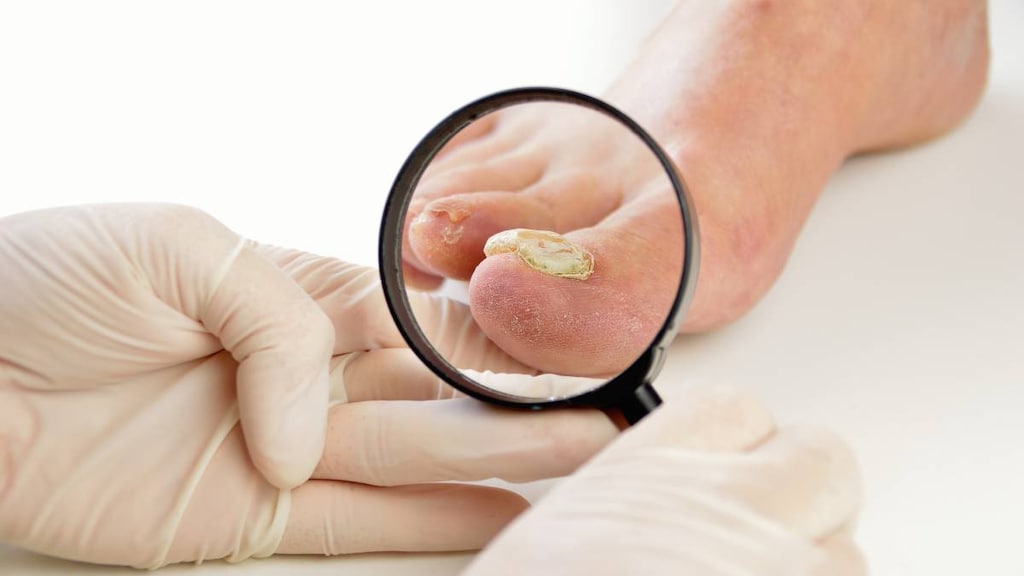Dosage Forms
Excipient information presented when available (limited, particularly for generics); consult specific product labeling.
Solution, topical:
Nuvail™: 16% (15 mL)
Pharmacology
Mechanism of Action
Biocompatible, polymeric solution; forms uniform film that protects nail from abrasion, friction, and moisture
Use: Labeled Indications
Nail dystrophy: Management of signs and symptoms of nail dystrophy such as nail splitting and nail fragility for intact or damaged nails.
Contraindications
Use with deep, open, or profusely bleeding wounds
Dosage and Administration
Dosing: Adult
Nail dystrophy: Topical: Apply once daily before bedtime to affected nail(s)
Dosing: Geriatric
Refer to adult dosing.
Administration
Apply evenly to affected nail plate, proximal and lateral folds, and distal tip; allow to dry completely. Clean affected nails with nail polish remover once weekly. Use of other topical products before application of poly-ureaurethane may prevent film formation and reduce effectiveness. To avoid staining, avoid contact with finished surfaces (eg, furniture, counter tops).
Storage
Store at 15°C to 30°C (59°F to 86°F); avoid excessive heat and humidity. Flammable liquid; keep away from heat and flame; use in well-ventilated area.
Drug Interactions
There are no known significant interactions.
Adverse Reactions
Frequency not defined: Dermatologic: Skin irritation, stinging of the skin
Warnings/Precautions
Concerns related to adverse effects:
- Skin irritation: May sting upon application; discontinue use if redness or other signs of irritation occur.
Special populations:
- Isocyanate sensitization: Patients sensitized to isocyanate should not use poly-ureaurethane.
Other warnings/precautions:
- Flammable: Formulation is flammable; do not expose to high temperatures or near open flame. Use in a well-ventilated area.
Patient Education
- Discuss specific use of drug and side effects with patient as it relates to treatment. (HCAHPS: During this hospital stay, were you given any medicine that you had not taken before? Before giving you any new medicine, how often did hospital staff tell you what the medicine was for? How often did hospital staff describe possible side effects in a way you could understand?)
- Patient may experience stinging. Have patient report immediately to prescriber severe skin irritation.
- Educate patient about signs of a significant reaction (eg, wheezing; chest tightness; fever; itching; bad cough; blue skin color; seizures; or swelling of face, lips, tongue, or throat). Note: This is not a comprehensive list of all side effects. Patient should consult prescriber for additional questions.
Intended Use and Disclaimer: Should not be printed and given to patients. This information is intended to serve as a concise initial reference for health care professionals to use when discussing medications with a patient. You must ultimately rely on your own discretion, experience, and judgment in diagnosing, treating, and advising patients.
